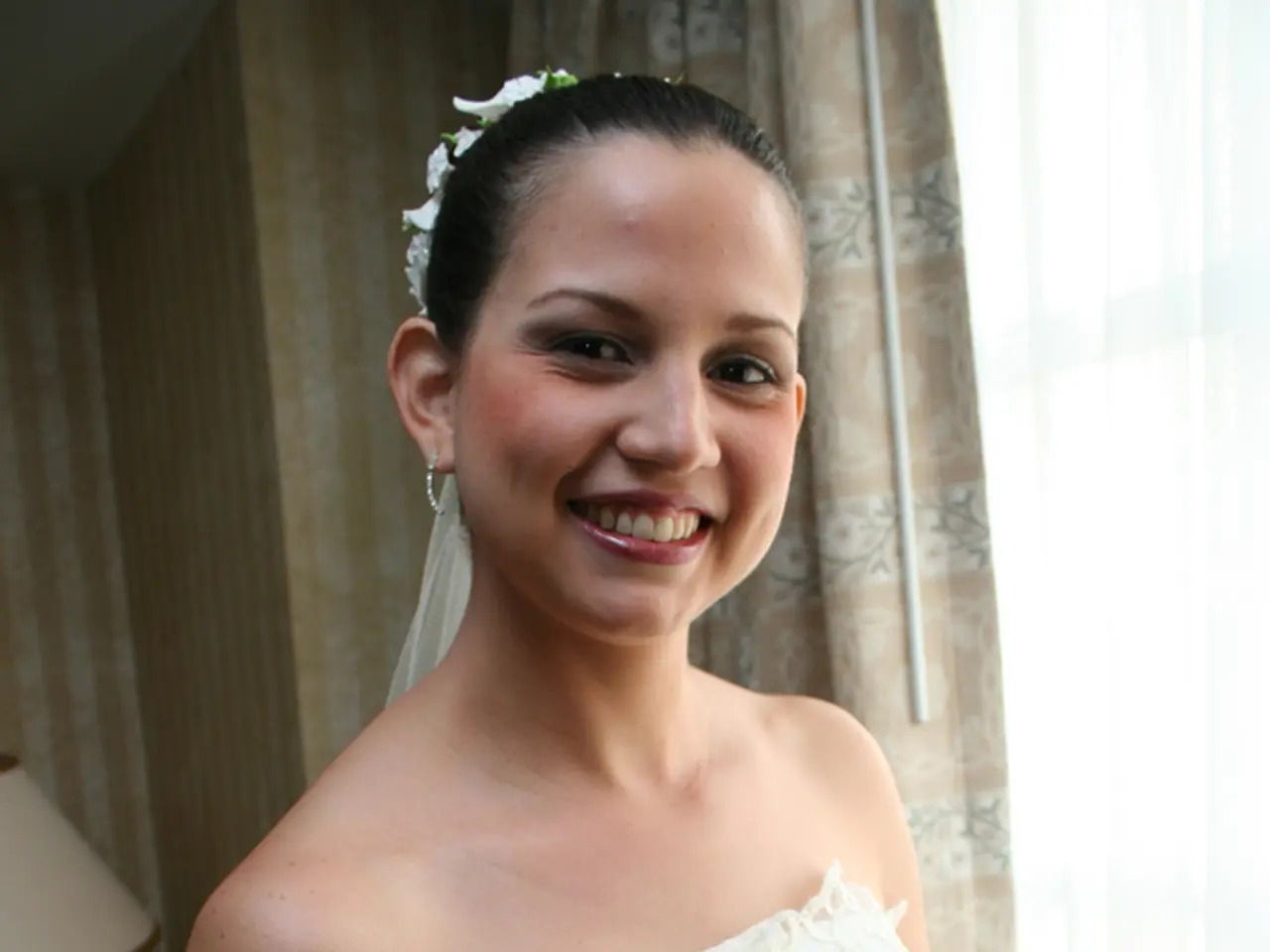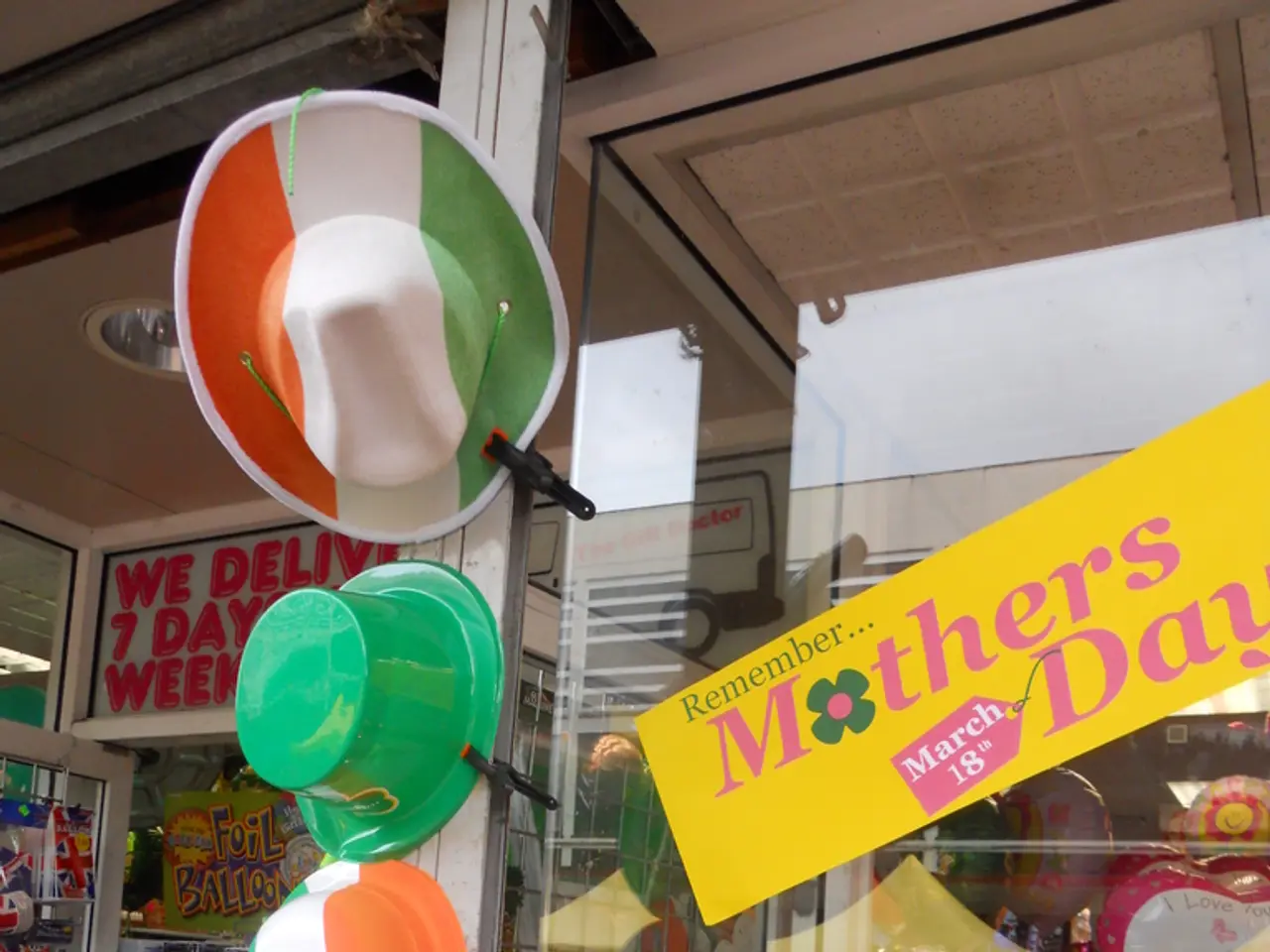The Correct Finger for a Wedding Ring
In the world of weddings, the placement of a wedding ring is not just an accessory but a deeply rooted tradition that often reflects a culture's history, spiritual beliefs, and symbolic meanings. Across the globe, diverse customs have evolved, each with its unique story.
In Western cultures, such as the United States, Canada, and much of Europe, the wedding ring is traditionally worn on the fourth finger of the left hand. This custom stems from the ancient Roman belief in the "vena amoris" (vein of love) running directly from this finger to the heart, symbolizing love and connection. Interestingly, brides often temporarily move the engagement ring to the right hand during the ceremony to place the wedding band first on the left ring finger.
Contrasting Western practices, Eastern Europe and Orthodox Christian countries like Russia, Greece, and Poland, place the wedding ring on the right hand's fourth finger. This right-hand placement is linked to religious traditions and symbolizes strength and commitment. In Russia, for example, the wedding ring often comprises three interlocking bands representing love, fidelity, and friendship, emphasizing spiritual unity.
Countries like Germany, India, and several South American nations also follow the right-hand tradition. However, in India, traditions may vary between the left or right hand depending on regional and religious practices. Multicultural nations like Australia exhibit a mix of practices, with Western cultural influences favouring the left ring finger, but Orthodox Christian communities traditionally wearing rings on the right hand.
Brazil's left-hand tradition is unique, influenced by Portuguese and indigenous customs. Spain and Portugal, with their historical connections to both Islamic and Christian cultures, have right-hand traditions.
Symbolic aspects transcend specific fingers or hands, with wedding rings carrying universal spiritual significance such as eternal love, unity, and the merging of souls. In diverse cultures, the materials and designs of rings can also embody ancestral blessings, divine protection, or religious covenants, whether worn on the left or right.
As modern couples embrace personalized choices, over 60% of jewelers report couples opting for different metals and designs. This trend towards versatility is also seen in the rise of smart jewelry, with the latest smart rings capable of storing emergency contacts, tracking health metrics, or even holding digital wedding memories.
However, practical considerations for ring placement are essential, considering daily comfort, the ring's longevity, diverse careers, active lifestyles, and personal preferences. For instance, the food service industry may have restrictions on jewelry wear due to health codes and safety regulations, leading many workers to wear their rings on their non-dominant hand during work hours.
Healthcare workers, manual laborers, and those in the trades sector may face unique challenges with hand jewelry and may choose to wear their rings on their non-dominant hand or opt for silicone rings during work hours. Environmental and ethical concerns are reshaping ring choices, with lab-grown diamonds surging in popularity and couples exploring unique materials like recycled metals, sustainable wood inlays, and space materials.
Future considerations, such as potential jewelry additions like anniversary bands, family heirloom pieces, or cultural jewelry, should be taken into account when choosing ring placement. The most meaningful choice for ring placement is one that feels authentic to the couple, reflecting their shared future, individual backgrounds, and the traditions they wish to carry forward.
Each culture's wedding ring tradition tells a captivating story, a testament to the enduring power of love and the richness of human diversity. Whether on the left or right hand, the wedding ring remains a cherished symbol of commitment, unity, and the intertwining of lives.
In the context of lifestyle choices, some modern couples consider the practicality of ring placement to accommodate their diverse careers, active lifestyles, and personal preferences. For instance, healthcare workers and manual laborers may wear their rings on their non-dominant hand or opt for silicone rings during work hours (practical considerations).
In the realm of home-and-garden arrangements, the future considerations of potential jewelry additions such as anniversary bands, family heirloom pieces, or cultural jewelry could influence the initial decision of ring placement (relationships). Thus, the most meaningful choice for ring placement is one that reflects the couple's shared future, individual backgrounds, and the traditions they wish to carry forward.




